The new Sustainable Beef and Lamb Assurance Scheme (SBLAS) is to replace the Beef & Lamb Quality Assurance Scheme (BLQAS).The SBLAS will be rolled out after Easter and there are a number of differences between the old and the new scheme
1.What are the main differences between the old scheme and the new scheme?
There are a number of differences between the schemes, most of which have been introduced in response to new legislation, customer requirements and an effort to make the scheme more farmer-friendly, according to Bord Bia.
These include:
A new section on pesticides included as a result of the introduction of the Sustainable Use Directive.The inclusion of sustainability criteria in the standard. These criteria form part of a sustainability survey and do not affect the score a farmer can achieve at audit.The introduction of a close-out model for the SBLAS. This means that where issues are identified during an audit, the farmer will have an opportunity to correct these in the month following the audit and receive/retain certification.2.What are the residency requirements for cattle and sheep?
Cattle: The residency requirement for cattle to be deemed Quality Assured is that the animal must have spent the last 70 days (unbroken) in the Quality Assured chain. What this means is that an animal could have spent 30 days on one Quality Assured farm, then moved to another Quality Assured Farm and spent a further 40 days on that farm. The animal is therefore deemed Quality Assured.
Sheep: The residency requirement for sheep to be deemed Quality Assured is that the animal must have spent the last 42 days (unbroken) in the Quality Assured chain. What this means is that an animal could have spent 30 days on one Quality Assured farm, then moved to another Quality Assured farm and spent a further 40 days on that farm. The animal is therefore deemed Quality Assured.
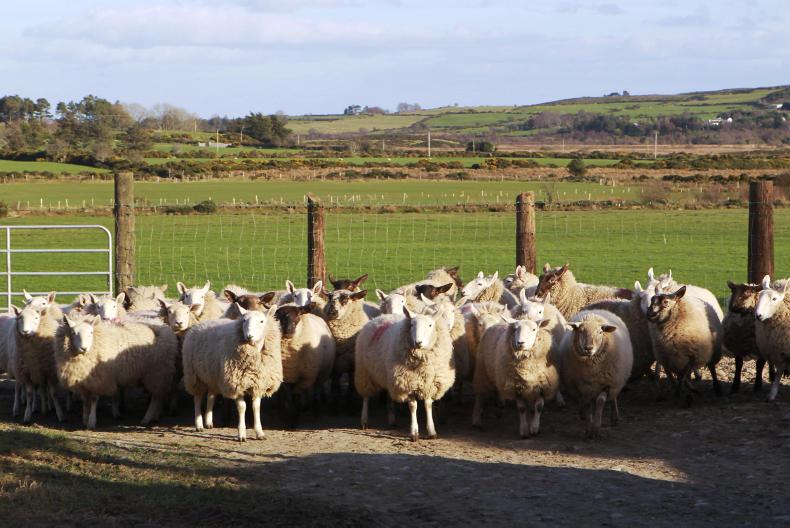
3. Do I have to use the Bord Bia farm book to be complaint with the standard?
No, Bord Bia requires farmers to keep records in relation to remedies, feed, animal movements, etc. However farmers have a number of options with regard to where they maintain records.
In some cases retention of invoices/statements will suffice, software packages may be used or any other format that allows a farmer record all the required detail as set out in the standards.
4. Who pays the Quality Payment Bonus? Is it from the Bord Bia levy?
Your Meat Plant pays any Quality Payment Bonus based on commercial criteria and market conditions at time of slaughter of your animals.
It is not paid from the Bord Bia levy. The levy is a statutory levy, laid down by legislation, that part funds Bord Bia’s promotional activity throughout the world on behalf of all Irish farmers, Quality Assured or not.
In order to receive the bonus, farmers should check with their factory buyer, what the exact criteria are, in order that your cattle receive a Quality Payment Bonus, i.e. Age, Number of Movements, Days Residency, Grade, Weight, etc.
5.For the Bord Bia audit, do I have to pay for it and how long will an audit take?
No, you won’t have to pay for an audit – the Department of Agriculture funds the running of the BLQAS.
On average, a BLQAS audit takes about 90 minutes. With the introduction of the SBLAS it is still envisaged that the audit length will remain the same.
The audit length can be influenced by how well a farm is prepared for the audit.
6. Why do auditors carry out checks in relation to health and safety? Is this not outside of their remit?
A good quality assurance scheme will incorporate more than just legal requirements and good farming practices. It will look at other areas that are intrinsically linked to the running of a farm.
Management of the environment and pollution control are obvious examples. Health and safety checks also fall into this category as this is an area that can directly impact on the farmer, their family and employees/contractors and can ultimately impact on how a farm is managed.
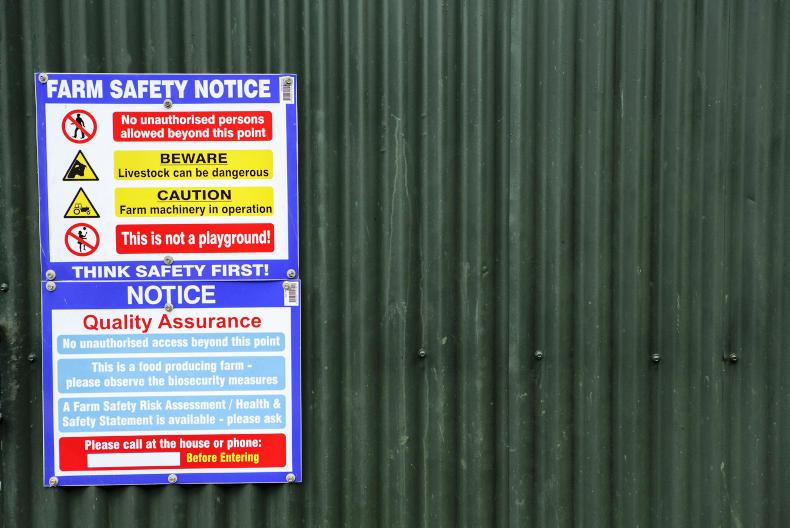
7.Is my farm still certified if I have issues to address in the one month period after the audit?
Yes, if you were certified when the audit was conducted on your farm then that certification will remain in place throughout the one-month close-out period.
Bord Bia will also, for the first time, formally introduce a helpdesk facility for any queries farmers may have. This helpdesk will be there to answer any farmer queries in relation to any aspect of the audit or the audit process, including the close-out process.
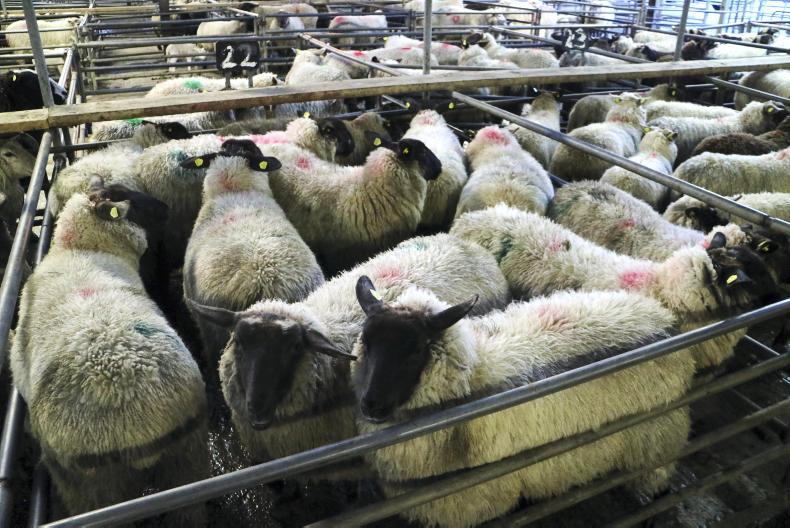
8.What happens if I fail to close-out the issues raised at audit during the one-month period allowed?
Where the close-out deadline is not met, the farm is automatically not eligible for certification. Any existing certification will be withdrawn and re-certification can only be achieved by applying to Bord Bia for a new audit after a six-month period.
9. What happens after an audit – is the farmer certified there and then?
Once a farmers closing meeting has been completed with the auditor, the inspection details go through some further steps before final decision. These are as follows:
(i) The audit report goes to the Inspection Body for initial review
(ii) On completion of this step, the audit report is forwarded to a Bord Bia Independent Reviewer for analysis,
(iii) Finally, the audit report, including all review stage data is sent forward to the Bord Bia Certification Committee for Certification or other decision. The farmer will receive a communication outlining the determination of the Bord Bia Certification Committee regarding your certification status.
This communication may detail any areas for improvement or non-compliances and whether or not you have been successful.
However if non-compliances are identified during the audit the farmer will have a month to address the issues before the audit file goes through the review process.
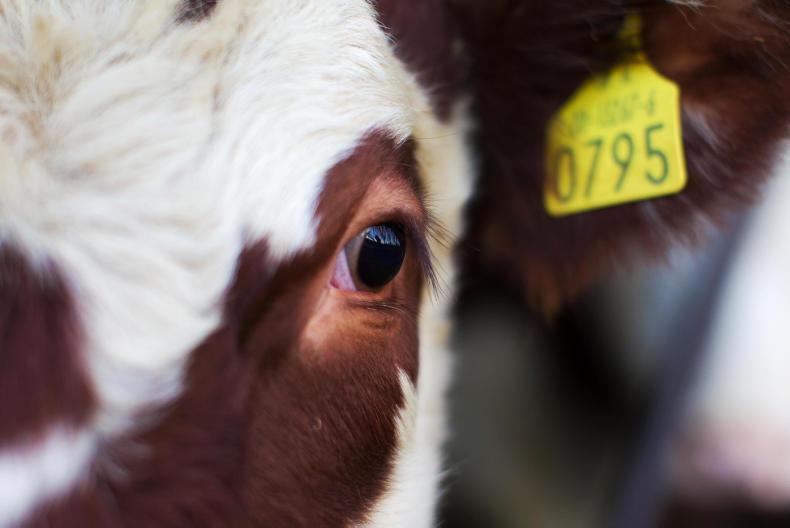
10. Why am I having a spot audit even though I was certified for 18 months?
The Bord Bia scheme is an internationally accredited scheme and as part of this Bord Bia are required to spot audit a minimum percentage of farms each year. The volume of spot audits conducted on an annual basis runs at less than 1% of all audits conducted.
Listen to Bord Bia's Michael Houlihan in our podcast below:
Listen to "All about the new Bord Bia beef and lamb QAS" on Spreaker.
Read more
Four-week grace period for failures in new QA scheme
Farmers to complete sustainability survey as part of new QA scheme
Editorial: farmers must believe in QA for it to work
The new Sustainable Beef and Lamb Assurance Scheme (SBLAS) is to replace the Beef & Lamb Quality Assurance Scheme (BLQAS).The SBLAS will be rolled out after Easter and there are a number of differences between the old and the new scheme
1.What are the main differences between the old scheme and the new scheme?
There are a number of differences between the schemes, most of which have been introduced in response to new legislation, customer requirements and an effort to make the scheme more farmer-friendly, according to Bord Bia.
These include:
A new section on pesticides included as a result of the introduction of the Sustainable Use Directive.The inclusion of sustainability criteria in the standard. These criteria form part of a sustainability survey and do not affect the score a farmer can achieve at audit.The introduction of a close-out model for the SBLAS. This means that where issues are identified during an audit, the farmer will have an opportunity to correct these in the month following the audit and receive/retain certification.2.What are the residency requirements for cattle and sheep?
Cattle: The residency requirement for cattle to be deemed Quality Assured is that the animal must have spent the last 70 days (unbroken) in the Quality Assured chain. What this means is that an animal could have spent 30 days on one Quality Assured farm, then moved to another Quality Assured Farm and spent a further 40 days on that farm. The animal is therefore deemed Quality Assured.
Sheep: The residency requirement for sheep to be deemed Quality Assured is that the animal must have spent the last 42 days (unbroken) in the Quality Assured chain. What this means is that an animal could have spent 30 days on one Quality Assured farm, then moved to another Quality Assured farm and spent a further 40 days on that farm. The animal is therefore deemed Quality Assured.

3. Do I have to use the Bord Bia farm book to be complaint with the standard?
No, Bord Bia requires farmers to keep records in relation to remedies, feed, animal movements, etc. However farmers have a number of options with regard to where they maintain records.
In some cases retention of invoices/statements will suffice, software packages may be used or any other format that allows a farmer record all the required detail as set out in the standards.
4. Who pays the Quality Payment Bonus? Is it from the Bord Bia levy?
Your Meat Plant pays any Quality Payment Bonus based on commercial criteria and market conditions at time of slaughter of your animals.
It is not paid from the Bord Bia levy. The levy is a statutory levy, laid down by legislation, that part funds Bord Bia’s promotional activity throughout the world on behalf of all Irish farmers, Quality Assured or not.
In order to receive the bonus, farmers should check with their factory buyer, what the exact criteria are, in order that your cattle receive a Quality Payment Bonus, i.e. Age, Number of Movements, Days Residency, Grade, Weight, etc.
5.For the Bord Bia audit, do I have to pay for it and how long will an audit take?
No, you won’t have to pay for an audit – the Department of Agriculture funds the running of the BLQAS.
On average, a BLQAS audit takes about 90 minutes. With the introduction of the SBLAS it is still envisaged that the audit length will remain the same.
The audit length can be influenced by how well a farm is prepared for the audit.
6. Why do auditors carry out checks in relation to health and safety? Is this not outside of their remit?
A good quality assurance scheme will incorporate more than just legal requirements and good farming practices. It will look at other areas that are intrinsically linked to the running of a farm.
Management of the environment and pollution control are obvious examples. Health and safety checks also fall into this category as this is an area that can directly impact on the farmer, their family and employees/contractors and can ultimately impact on how a farm is managed.

7.Is my farm still certified if I have issues to address in the one month period after the audit?
Yes, if you were certified when the audit was conducted on your farm then that certification will remain in place throughout the one-month close-out period.
Bord Bia will also, for the first time, formally introduce a helpdesk facility for any queries farmers may have. This helpdesk will be there to answer any farmer queries in relation to any aspect of the audit or the audit process, including the close-out process.

8.What happens if I fail to close-out the issues raised at audit during the one-month period allowed?
Where the close-out deadline is not met, the farm is automatically not eligible for certification. Any existing certification will be withdrawn and re-certification can only be achieved by applying to Bord Bia for a new audit after a six-month period.
9. What happens after an audit – is the farmer certified there and then?
Once a farmers closing meeting has been completed with the auditor, the inspection details go through some further steps before final decision. These are as follows:
(i) The audit report goes to the Inspection Body for initial review
(ii) On completion of this step, the audit report is forwarded to a Bord Bia Independent Reviewer for analysis,
(iii) Finally, the audit report, including all review stage data is sent forward to the Bord Bia Certification Committee for Certification or other decision. The farmer will receive a communication outlining the determination of the Bord Bia Certification Committee regarding your certification status.
This communication may detail any areas for improvement or non-compliances and whether or not you have been successful.
However if non-compliances are identified during the audit the farmer will have a month to address the issues before the audit file goes through the review process.

10. Why am I having a spot audit even though I was certified for 18 months?
The Bord Bia scheme is an internationally accredited scheme and as part of this Bord Bia are required to spot audit a minimum percentage of farms each year. The volume of spot audits conducted on an annual basis runs at less than 1% of all audits conducted.
Listen to Bord Bia's Michael Houlihan in our podcast below:
Listen to "All about the new Bord Bia beef and lamb QAS" on Spreaker.
Read more
Four-week grace period for failures in new QA scheme
Farmers to complete sustainability survey as part of new QA scheme
Editorial: farmers must believe in QA for it to work












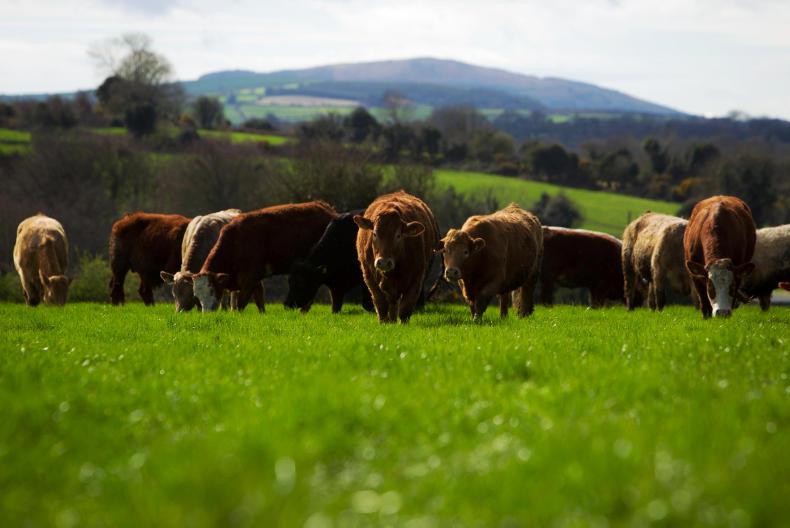
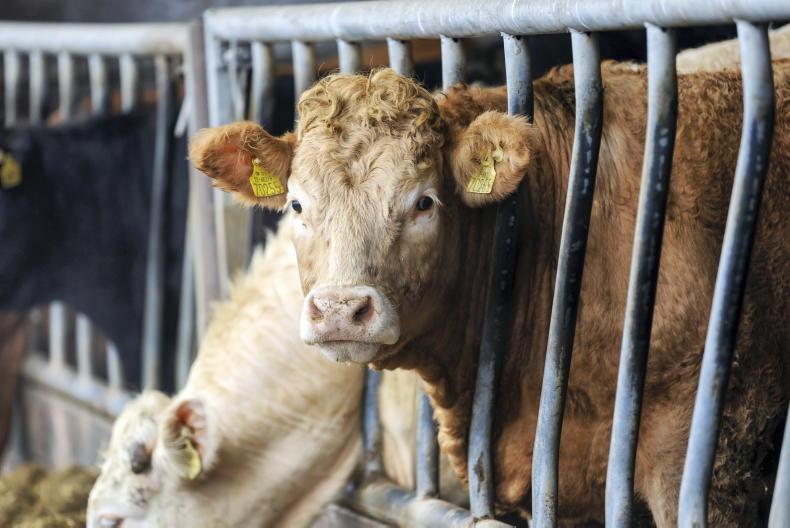




SHARING OPTIONS